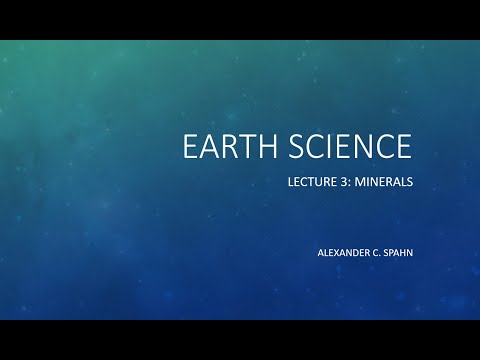Description:
Explore the fascinating world of minerals in this comprehensive Earth Science lecture. Delve into the definition of minerals and rocks, examining their various properties including optical characteristics like luster, color, streak, and transparency. Investigate crystal shapes and strength properties such as hardness, cleavage, fracture, and tenacity. Learn about different mineral groups, with a focus on silicate minerals and their formation. Discover light silicates like feldspar, quartz, muscovite, and clay minerals, as well as dark silicates including olivine, pyroxenes, amphiboles, biotite, and garnet. Examine nonsilicate groups and test your knowledge with thought-provoking questions about mineral definitions, mechanical responses, and elemental composition. Access additional demo videos on streak, habit, and chemical tests to enhance your understanding of these geological wonders.

Earth Science - Minerals
Add to list